Camping Sleep Guide
Sleeping in a new environment can be difficult, especially if that environment is outside. Let's look at some factors that may interfere with your comfort and strategies for making your camping trip more comfortable.
Location
Established campgrounds offer many amenities to campers, such as designated tent spaces, tables, and fire pits, as well as restrooms, electrical hookups, and water. Here are some locations to consider whether you're going primitive or glamping in a luxury RV.

Level ground: Whether you're pitching a tent, setting up a camper, or backing in an RV, your sleeping spot must be on level ground. If you don't, you might wake up wedged in the corner of your tent or camper.
Ground surface: It is critical for tents and open-air sleepers. You should avoid sharp protrusions that could stab you awake if you roll over on them during the night. Some of the best options are patches of grass or sand. If at all possible, sleep on an elevated surface. If you pitch your tent at the bottom of a hill, for example, and it rains, all of the water will rush down the hill and flood your tent, even if you're not near a lake or stream. Pitch your tent at the highest point in your campground if possible.
Protection from the elements: Pitching your tent or parking your camper under the open sky is one of the best ways to sync your circadian rhythm with the sunrise and sunset. If you want to sleep in, find a shady spot that is shaded from the morning sun. Similarly, if you're in a windy area, setting up camp near boulders can help break heavy wind gusts. If you're camping near water, keep an eye out for potential flooding areas.
Proximity to bathroom facilities: If you frequently need to use the restroom in the middle of the night, you might prefer a campsite near a toilet. If you prefer a more rustic camping experience, make sure to locate your bathroom before going to bed.
Equipment to help you sleep
There are numerous products available to help you sleep more comfortably while camping. Let's take a look at a few examples.
Sleeping Bags
There are numerous sleeping bags available, and choosing one can be difficult. We've broken down the fundamentals to get you started. Understand that you may need to purchase (or rent!) different camping equipment for different seasons, elements, and temperatures. Sleeping bags especially!

Shape
Mummy-style sleeping bags: They resemble an Egyptian mummy and, when fully closed, only exposes the sleeper's nose and mouth. These bags are more form-fitting and, as a result, can feel more constricting. They are, however, more insulating and ideal for cold nights.
Rectangular sleeping bags: They are a more traditional style that allows for more movement. These bags are less insulating and should only be used in temperatures above freezing.
Semi-rectangular sleeping bags: They have a tapered shape from top to bottom. They are warmer than traditional sleeping bags but less confining than mummy-style bags.
Temperature Ratings
Summer bags: They are suitable for temperatures as low as 30 degrees Fahrenheit and have full zippers that allow for ventilation if you become overheated. They are also lighter in weight and can be packed down to the size of a small melon, making them easy to transport while hiking.
Three-season bags: Can be used in temperatures as low as 20 degrees, but work best in temperatures ranging from 15 to 30 degrees. These bags are ideal for spring and fall excursions, as well as summer mountaintop excursions where temperatures drop below freezing at night. Hoods, draft collars, and zipper draft tubes have been added to these bags.
Winter bags: They are best for nights when the temperature drops below 15 to 20 degrees and feature cinchable hoods, draft collars, and zipper draft tubes similar to three-season bags, but with more insulation to keep you warm in deep cold. However, they are heavier and more difficult to transport.

Down vs. Synthetic
Material can be a determining factor in terms of coziness. Down was once the only option for warmth, but synthetics have since caught up. Goose-down bags are more compact and portable than synthetic bags. However, they are frequently more expensive. Most synthetic bags are filled with polyester (similar to the fluffy guts of plush toys), which means they won't cause allergies like down bags. Both, however, are long-lasting and will keep you warm. If you're looking for a simple, inexpensive, and dependable camping bag, synthetic may be your best bet.
Sleeping Pads
While the patch of grass beneath your tent may appear soft in the sunlight, you may find yourself wishing for an extra layer of protection between you and the ground. If you want some extra comfort, sleeping pads are a great option.

Air Pad
While many air pads require you to inflate them yourself (via lung or pump), this means they take up very little space. The truly compact and long-lasting ones are usually more expensive than other sleeping pad options. If you're car camping, you can get away with a little more weight for added comfort. There are also ultra-lightweight backpacking versions available, which take up significantly less space but may be a little more expensive than other options.
Self-inflating
These pads have a valve that allows for quick and easy inflation. When it comes to price and weight, they tend to be in the middle.
Size
Pads are typically 20 inches wide, but lengths can vary. Full-size pads (typically 72 inches) should cover you from shoulders to feet. However, if packability is important, 34 length may suffice.
Pillows
Even if you sleep indoors, waking up with a tense neck is unpleasant. There are a few options for those of us who prefer some assistance.

Buy It
A camping pillow is a great item to have on hand because it is small and lightweight. They can be costly, but there are inflatable and stuffed options available.
Bring It With You
If you have extra space in your pack or are car camping, a pillow from home will suffice. It's a good idea to think about materials here, and maybe bring a synthetic pillowcase that won't absorb moisture.
Improvise
When packing light is a priority, there's one tried-and-true pillow alternative: stuff your clothes into a sack.
Know your Environment
Being outside has numerous advantages. However, there is a lot of stuff outside that can interfere with your sleep. Let's look at a few annoyances and how you can avoid the discomfort they may cause:
Wildlife
When you camp in the wilderness, or even at a developed campsite, you are spending the night in the home of countless species of wildlife, such as raccoons, bears, and even Sasquatch. Here are some tips for staying safe while camping:

- Sleep in an RV, camper, or tent rather than in the open.
- Place your tent away from trees and trails. Make certain that food is kept in a secure container.
- Garbage should be disposed of properly.
- Avoid throwing food waste in your campfire because the smells and oils may attract unwanted wildlife even after the fire has been extinguished.
- When it gets dark, keep a flashlight nearby.
Bugs
When you go camping, you're bound to come across some pesky insects, which can be especially bothersome at night. Mosquitoes, flies, bees, spiders, and ants make their presence known. However, there are ways to prevent them from disturbing your peaceful night's sleep:
- Use bug repellent sprays or creams containing DEET. Look for waterproof varieties if possible.
- For a more natural approach, try homemade essential oils, particularly those containing thyme, eucalyptus, sage, rosemary, citronella, or basil.
- Natural bug repellents include white or cider vinegar. Spray it on your skin or all over your campsite.
- Light bug-repelling candles, such as those containing citronella, or pesticide-emitting diffusers.
- Spread stinky bug-repelling foods like onions, garlic, and citrus fruits around your tents.
- Cover your skin with clothing, especially at dusk and dawn when bugs are more active.
- Avoid using scented body care products such as lotions, deodorants, and shampoos.
- Keep your campsite clean and dispose of any garbage properly.
- To keep pests out, keep your tent zipped up at all times.
- Wrap your sleeping bag or tent in bug screens or netting.
Noise
The great outdoors is both peaceful and quite noisy. This can be particularly bothersome at night, when mosquitoes buzz, cicadas whirl, and crickets chirp. Use earplugs to drown out the noises. They're also compact and easy to transport!
Light
The sunrise is a wonder to behold. But if you’re hoping to sleep in, you might want to pack a sleep mask to block out the sunlight.
Related Articles
How to Sleep Well When Camping?
The best sleeping bag of 2022- Naturehike


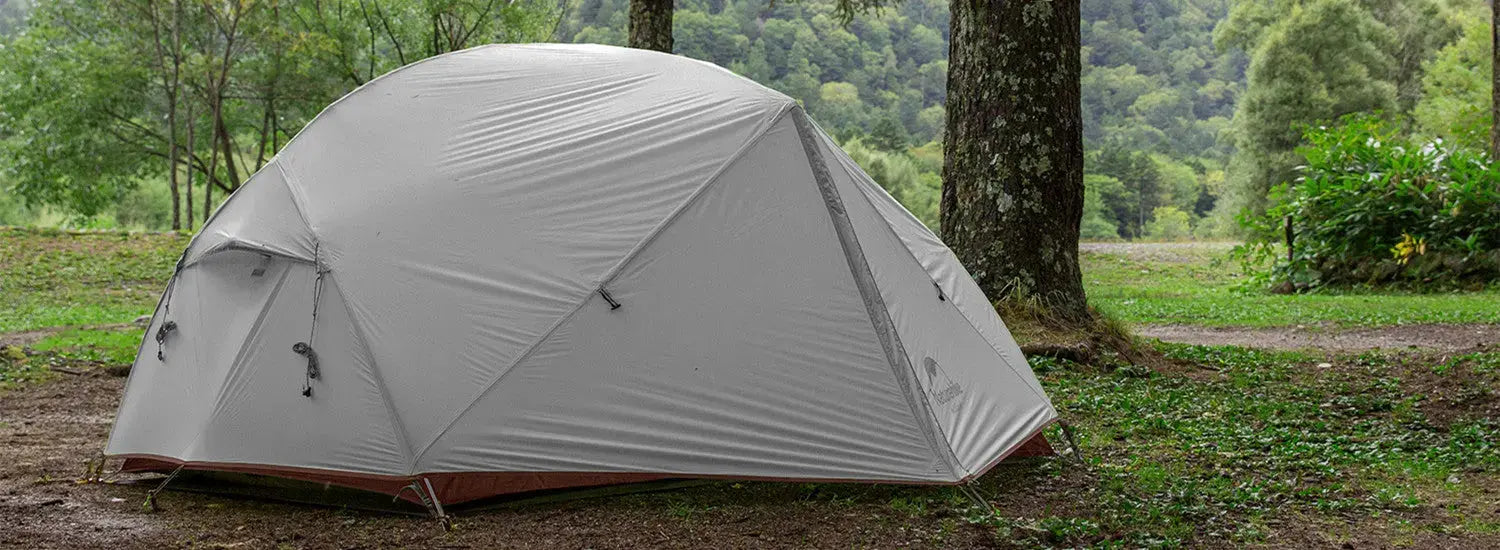
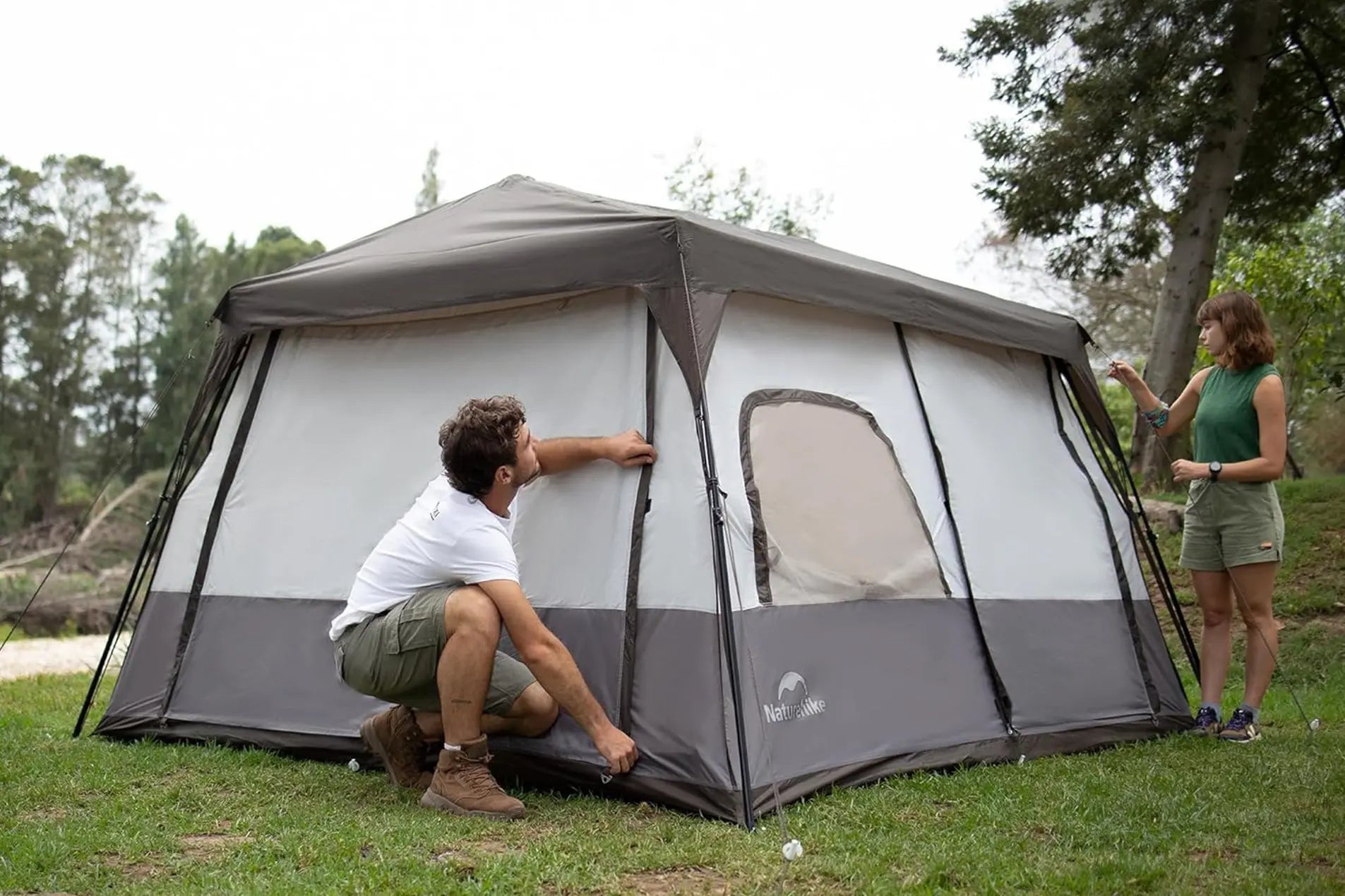
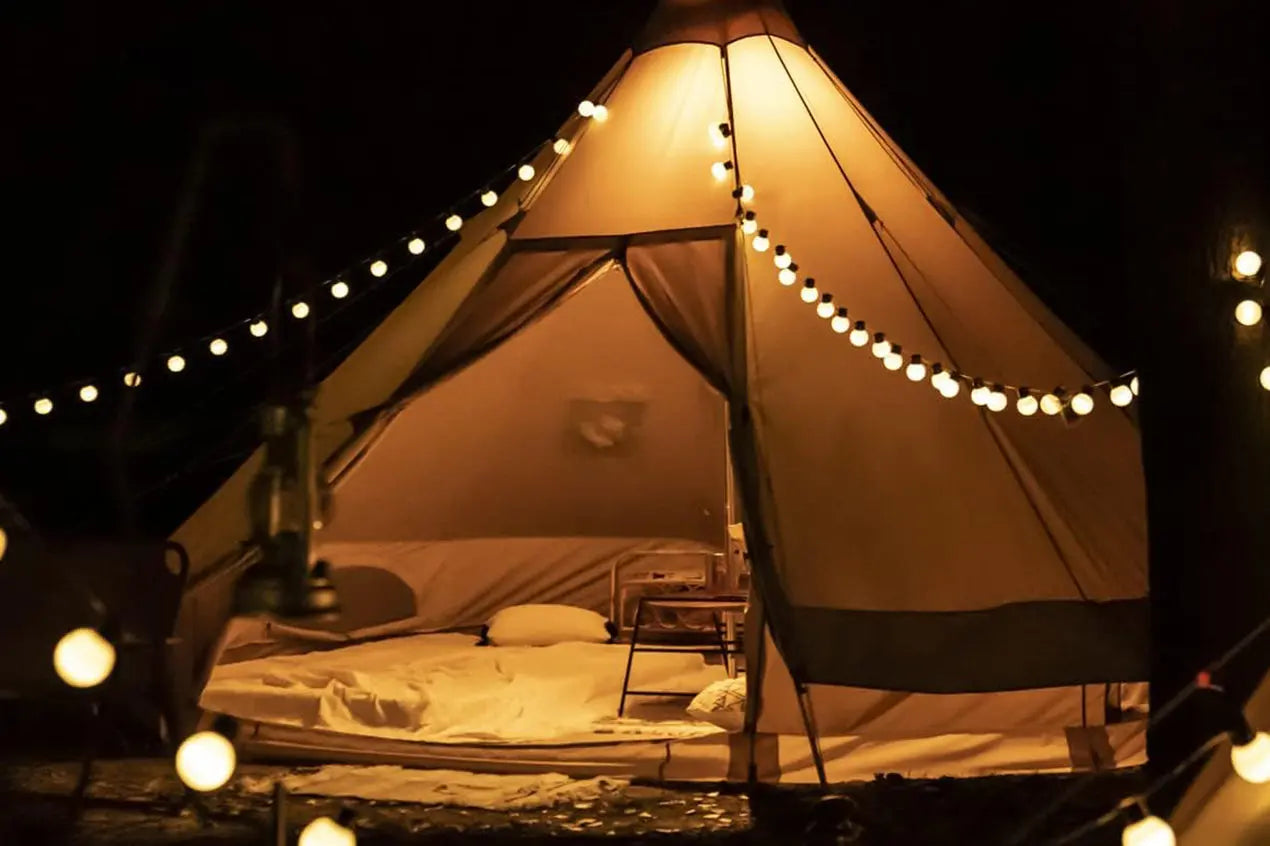
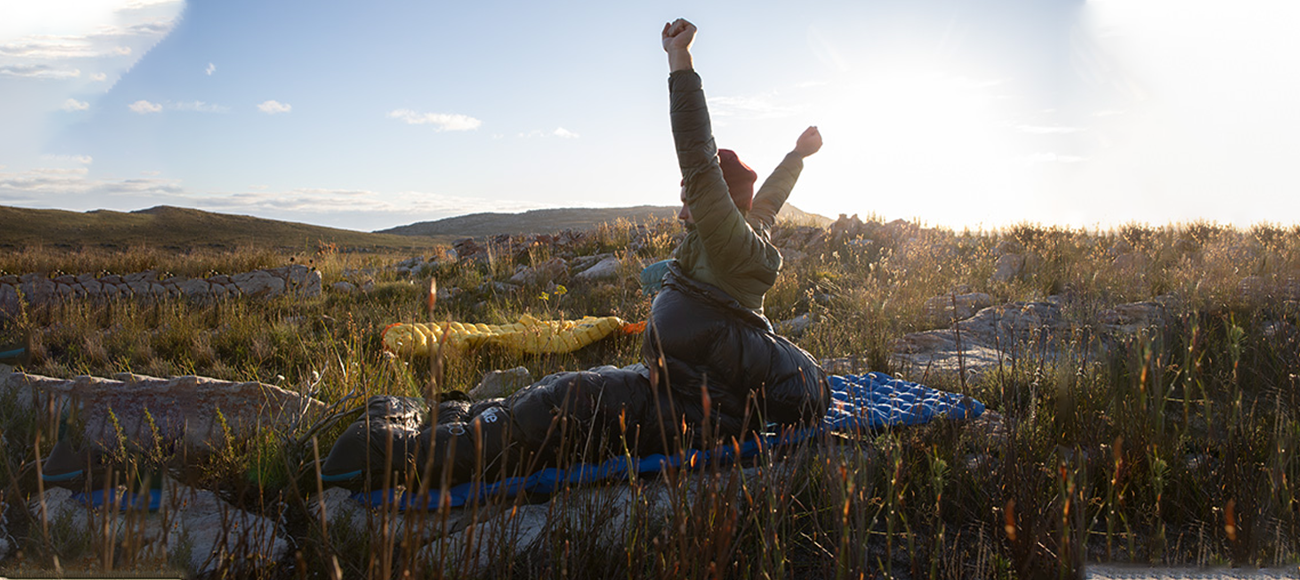

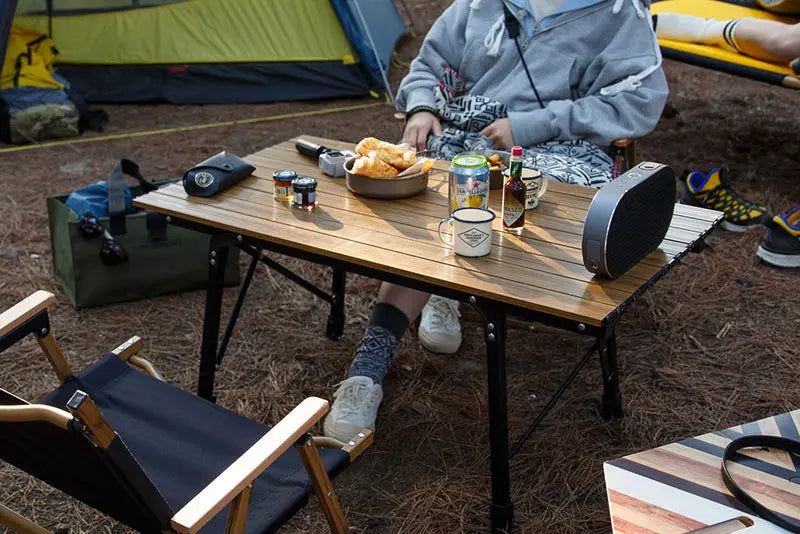

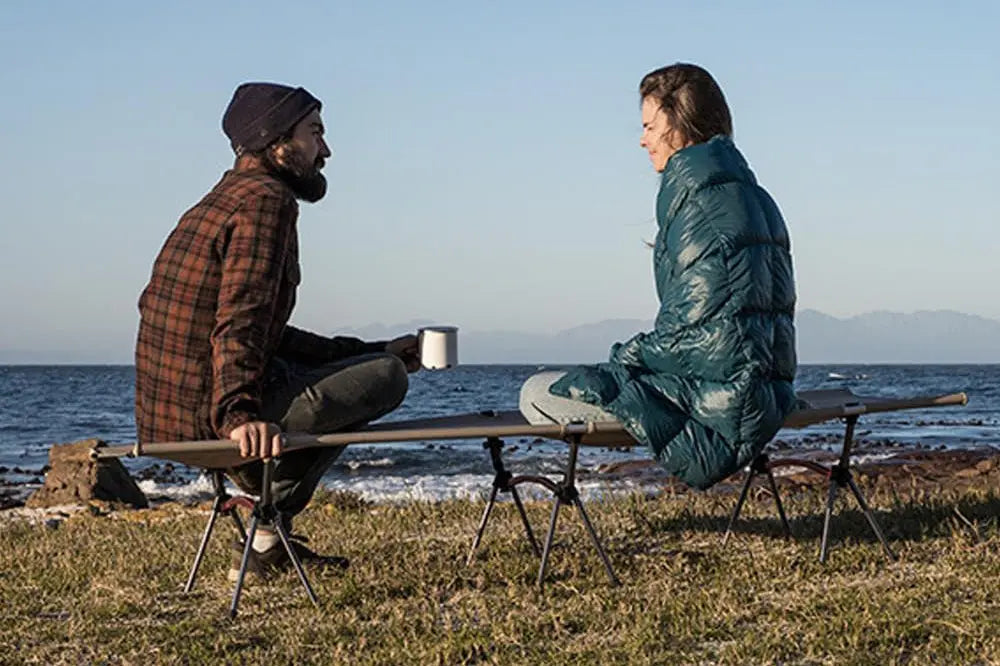
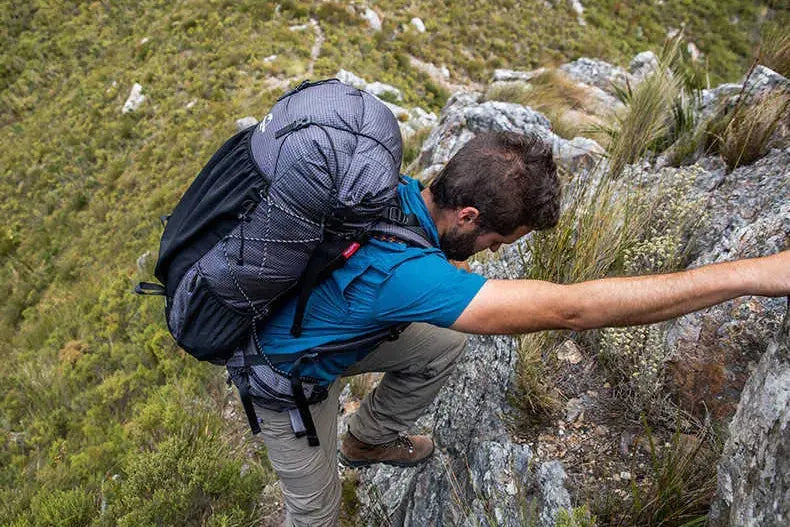


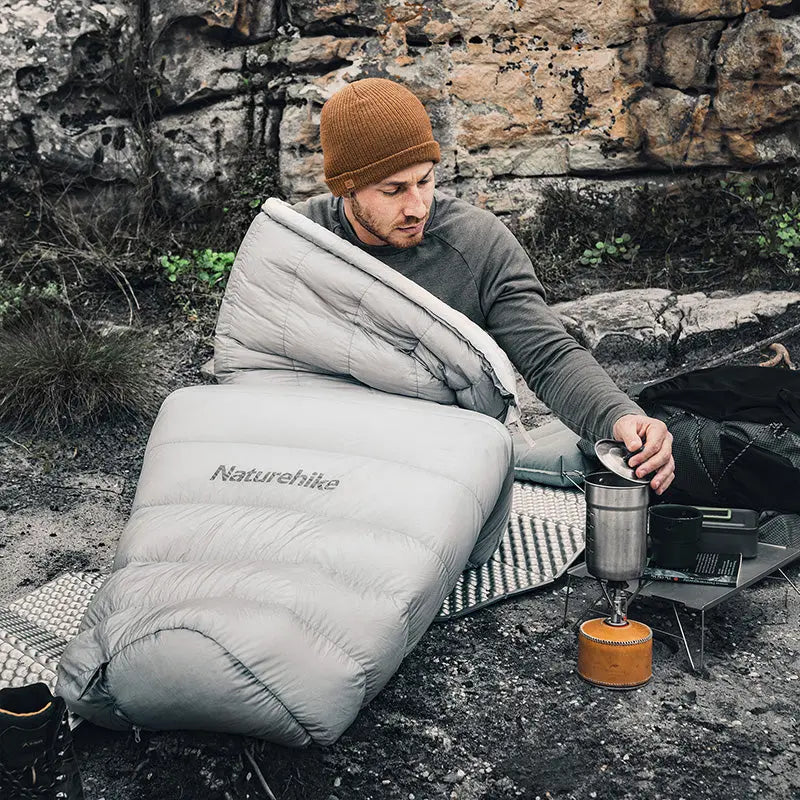

Lascia un commento